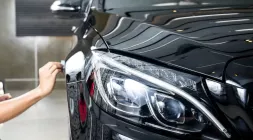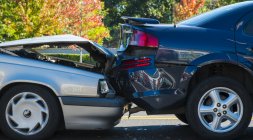Hydroplaning - What have you known about?
One common cause of road accidents is hydroplaning. Hydroplaning can happen even if it’s not rainy season.
One common cause of road accidents is hydroplaning. Hydroplaning can happen even if it’s not rainy season. Aside from that, this event can actually take you by surprise.
But what exactly is hydroplaning? How do you avoid this from happening? What causes this? Are you bound to wreck your car if it hydroplanes? We’ve got all the answers you’re looking for in this article from Philcarnews.com:
If you have ever driven your vehicle while there is rain, you may have already encountered one of the most common causes of accidents. This can happen almost in an instant and without warning at all.
The phenomenon is referred to as hydroplaning. This event has the potential to end lives. To better understand this threat we’ll first have to be familiar with traction.
What is Traction?
Traction is friction that is created between the surface of the road and your car’s tire. The result of these two is forward motion. When water coats the surface, the car tires are unable to get traction.
This is when hydroplaning occurs. When your tire moves over a part of the road that’s wet in a speedy amount of time, your tire is lifted from the surface. When you drive on a wet surface, there should be enough time for the water on that surface to displace first.
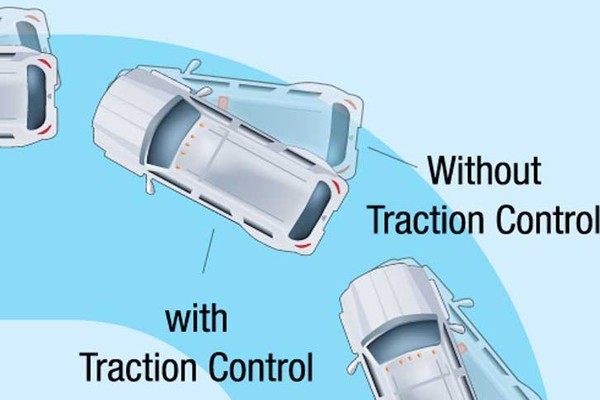
Traction is friction that is created between the surface of the road and your car’s tire
Factors That Contribute to Hydroplaning
While the road conditions, running speed and tire wear play vital parts to this incident, the main culprit is water depth. Hydroplaning is better expected when there is a water accumulation of at least 0.3 centimeters.
This should cover the road for at least 9.14 meters. The higher and wider water coverage, the higher the chance for a hydroplane to occur. Aside from those, the speed of the vehicle is also considered. If your car is running at least 80 kph (or higher), you will have a hydroplane accident in your hands soon enough.
>>> Related: 7 Tips in Conquering Mountain Driving in the Philippines
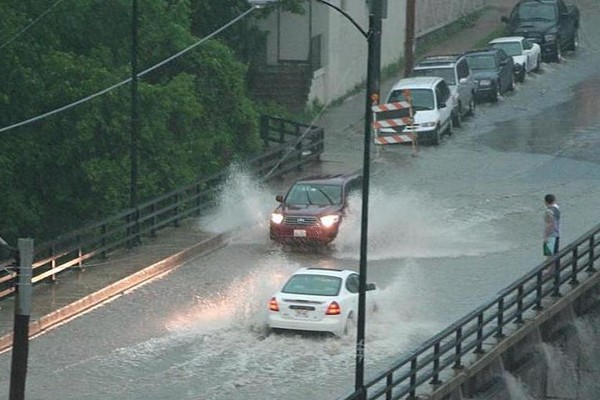
Hydroplaning is better expected when there is a water accumulation of at least 0.3 centimeters
The tread patterns and tire size can also contribute to a hydroplaning incident. The narrower your tire is, the higher the chance for a hydroplane accident to happen.
In addition to that, the more worn out your tires are, the more likely your car is to skid over water. There are particular tread patterns made to channel water out of your way. You will have to ask the sales personnel about this if this the tire you’re looking for.
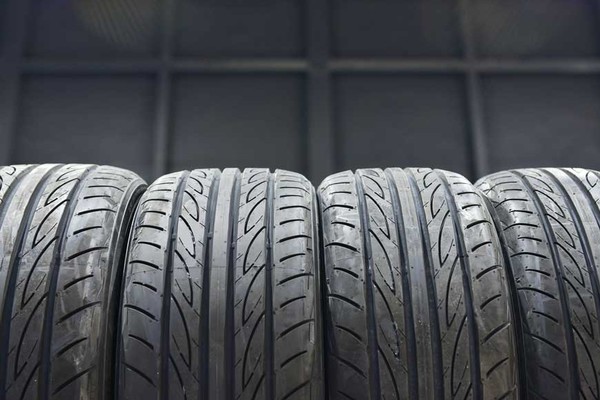
The tread patterns and tire size can also contribute to a hydroplaning incident
But in terms of comparison, two-wheel drive vehicles are less likely to spiral into a hydroplane. That is if compared to all-wheel-drive vehicles. This is mainly because of their computerized differentials.
The computer differentials in all-wheel-drive vehicles shift the power from your car’s front tires to those at the rear. This equals to the hydroplane catastrophe. Heavier vehicles, on the other hand, have fewer chances of hydroplaning. But regardless of what type of car you drive or tires it has, there are things you can do to prevent hydroplaning. Check out these tips:
- Slow down. This will minimize the chances of your car hydroplaning. There is no guarantee, however. But if you drive slow and you do end up hydroplaning, the danger won’t be as colossal as driving fast.
- Keep an eye out on the drivers at your front. If they seem to be driving in a funky way, there could be trouble up ahead that you need to be aware of. If the vehicles at the front throw a lot of water and make a puddle, this could cause your vehicle to hydroplane.
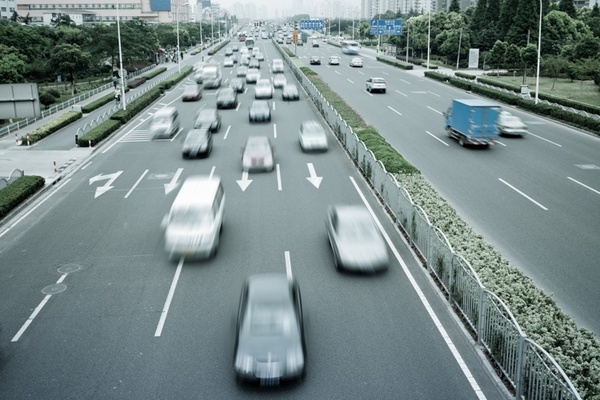
Slowing down will minimize the chances of your car hydroplaning
What You Need to Do If You Actually End Up Hydroplaning
If you end up missing our tips and end up in a hydroplane, the first thing to do is stay calm. If you panic, you may start to do unnecessary things. In some cases, there are drivers who just swerve the steering wheel left to right out of shock. This could get you in more trouble than the actual hydroplane.
While if you focus, you will have a better grip on the situation. Once you get your composure back, prevent yourself from hitting the brakes. This may be the single, most usual way for a driver to react to road situations like these. But they could not be any more mistaken.
Instead, keep your hands on the steering wheel and hold it firmly. Avoid oversteering and keep your car pointed straight at the road. Keep your foot off both the brakes and the accelerator. It is best for you to let the vehicle slow down without human intervention. But before you find yourself in a deadly hydroplane situation, figure out if you have anti-lock brakes. To determine this, it’s best that you check the owner’s manual. If not, you can also ask your trusted mechanic.
If you start to stir up a hydroplane and need to brake because of a possible collision, rapidly pump regular brakes. If you have anti-lock brakes, use them the same way anti-lock brakes are supposed to be used.
But make sure you don’t press the brakes too hard. The computer in your vehicle will imitate the pumping action you’re doing. If the tires have traction with the road, the car will slow down. You should also be able to take control in a moment or two.
>>> Related: How to Lower the Risk of Hydroplaning?
Cruise Control and Hydroplanes
There are also circulating warnings about cruise control and how it starts hydroplanes. According to some users, once the vehicle detected that a hydroplane was about to occur, the car accelerated. While there is still no solid basis with this theory, experts do advise to turn off cruise control in bad weather.
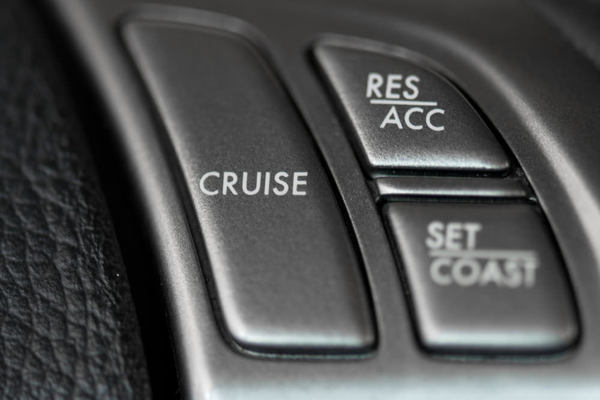
There are also circulating warnings about cruise control and how it starts hydroplanes
RECENT ARTICLES



